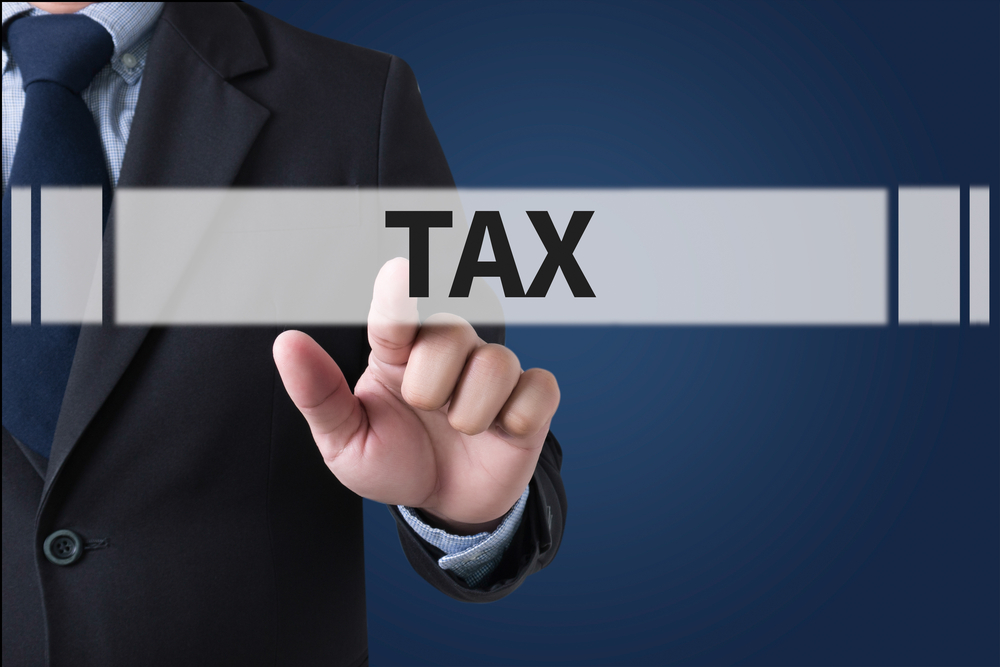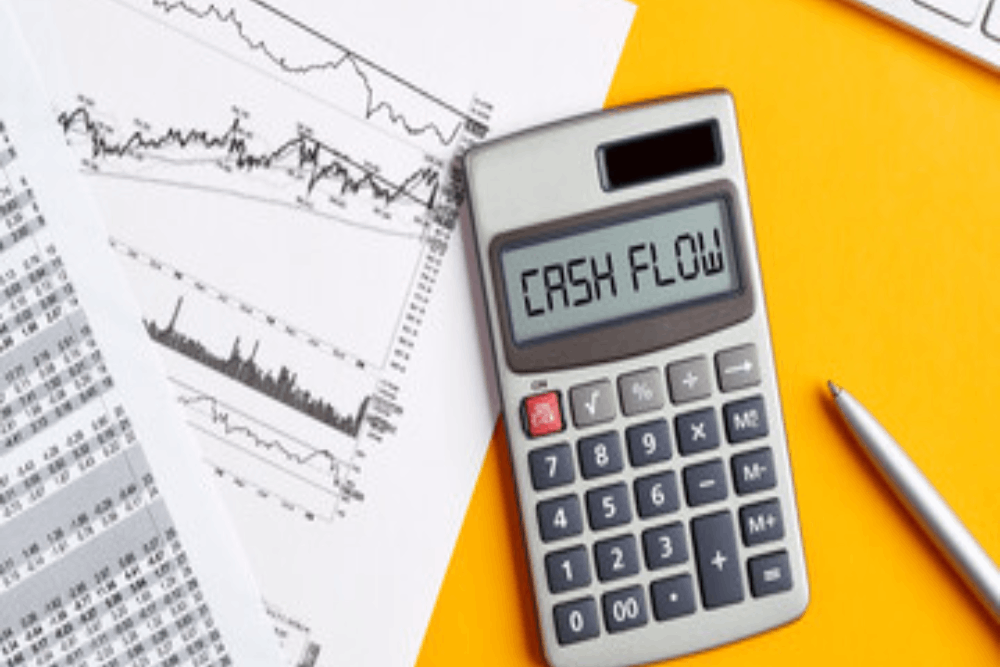Transcript:
Nick Jefferies:
Hi, I’m Nick.
Sasha Lindgren:
And I’m Sasha.
Nick Jefferies:
Today, we’ll be talking about tax concessions for tech startups. So, back with the mining boom, I think it was brought to light that as a country, we can’t just rely on the one industry. And as we all know, technology is the future. You see companies like Google, Apple, all the big dogs, they’re thriving, and perhaps taking over the world.
Nick Jefferies:
The government has introduced grants, concessions, and programs that encourage Australians to invest and create business through tech. And today, we’re just going to go through a few of these regarding taxing. It’s just going be a broad overview as there are quite a few and they do go quite in depth. The main ones we’ll be discussing: the R&D offsets, as well as ASIC.
Nick Jefferies:
And Sash, being our resident Guru on R&D, we’ll get you to kick us off.
Sasha Lindgren:
Okay. So, the current R&D tax incentive came into existence back in July 2011. The rates that we’re currently using changed, so they’re the rates from 2016. So the rates that currently are available are a tax offset for 38 and a half percent which is non-refundable, or a 43 and a half percent refundable tax offset. This is depending on the company’s aggregated turnover. So, if your turnover is less than 20 million, then you would be entitled to the 43 and a half percent refundable tax offset. Turnover greater than 20 million would be the 38 and a half percent non-refundable tax offset. It’s important to note that the non-refundable tax offset can be carried forward to be used in a future year. Say, a company has got a loss in the year when they incur the R&D expenditure, they can carry forward their tax offset to be used in the next year when they might have, or hopefully would have, a taxable profit.
Sasha Lindgren:
The minimum spend to access the tax offset is 20 million. Sorry, 20,000. That would be a bit steep. 20,000. Then when your R&D expenditure reaches a hundred million, the tax offset is reduced to the corporate tax rate.
Sasha Lindgren:
So, a bit about the how: how you can access the tax offset. First of all, you have to be an eligible R&D entity, which is a string of requirement. Pretty much, you have to be incorporated in Australia or an Australian tax resident company, or you’ve got a permanent establishment and you’re able to carry on business within Australia. The step two is you need to register your R&D activities with AusIndustry. So the R&D tax incentive is jointly administered by the ITO and AusIndustry. So, what you have to do is submit your form with AusIndustry.
Sasha Lindgren:
Just briefly, you have to go through and detail all of your core activities, your supporting activities, which I’ll briefly touch on in a minute. You need to then submit this form, after which you get a letter back from AusIndustry just saying that your activities have been registered, and then you can go ahead and submit your tax return and claim your tax offset.
Sasha Lindgren:
So what you need to do is split your activities between core and supporting activities. Core activities are pretty much experimenting activities. What, just briefly, they are is activities to generate new knowledge. And then supporting activities: activities that support those, simply. There are some activities that are specifically excluded from being core activities. And so, you can’t claim the R&D tax offset for those. So, you need to just be aware that there are a few exclusions.
Nick Jefferies:
R&D it’s so… they say it’s self assessed.
Sasha Lindgren:
Yes.
Nick Jefferies:
But, the actual self assessment, it’s not just a simple matter…
Sasha Lindgren:
It’s not… yeah.
Nick Jefferies:
… of saying, “Yep. I’m eligible for R&D and I’m going to start claiming incentives now.” The actual process is quite complex and you do need to go through a bit of red tape to be eligible.
Sasha Lindgren:
A bit of red tape. I like that, thanks Nick. [crosstalk 00:04:28]
Nick Jefferies:
So we haven’t had a massive amount of clients, as it’s a fairly new incentive. We haven’t had a massive amount of clients actually come through to claim the R&D tax incentives, but the ones we have had… Usually it’s a bit of a… It’s usually a bit of a group assignment getting it over the line, isn’t it?
Sasha Lindgren:
Because of the depth of knowledge that you need about the client’s activities, the experiments that they are performing, I suppose. A lot of detail that’s required to go into those ones. So yeah, you’re right. You self assess, you say, “Yeah, I tick all the boxes. I can claim the tax offset,” but you do need to then go through quite a big process to then get the little number that you can put in your tax return.
Nick Jefferies:
Yeah. It’s a minefield. But obviously that one, we could probably go on for hours on that, because it is much more complex than the initial, sort of, introduction seems. But we’ll move on to the next one, move on to ASIC.
Sasha Lindgren:
Okay.
Nick Jefferies:
So, ASIC is… it’s early stage innovation companies. Pretty much what it is, is you’ve got a company that is looking to do something that no other companies within the country or outside have been doing. So it’s, I guess, what you would call a risky sort of startup. It’s something new. It’s something exciting and it’s leading in a direction of we, as a nation, want to go in.
Nick Jefferies:
What the governor’s introduced is grants. Well, no grants, but offsets and concessions for investors in ASIC companies. So, if you are an investor that purchases shares from an ASIC company, in that ASIC company, when they’re initially introduced and released, then you tick the boxes for these concessions that have been introduced.
Nick Jefferies:
The two main concessions there are that you will get a nonrefundable carryforward tax offset of up to 20% of the purchase price of those shares and also that CGT rules are modified. So, if you hold those ASIC shares for over a year but under 10 years, then all gains and losses are ignored. The important one to remember there is that losses also are ignored because, obviously…
Sasha Lindgren:
You want to be able to assess your losses.
Nick Jefferies:
You can’t have one without the other. And obviously, a lot of these companies… they’re not sure things. A lot of them… While the ones that make it through a great and we do need these to keep going through, there are a lot, obviously, they don’t get off the ground. And so, it’s important to remember that you do actually disregard the losses as well. Another thing to remember as well, is that the… So ASIC shares, to access the concessions, they’re actually capped at 50K unless you hold a Sophisticated Investor’s Certificate. So, if you pass those rules, you can actually save the 50K cap, but otherwise for the likes of you and I, we’re stuck on 50 grand.
Sasha Lindgren:
The sophisticated investors, are they still capped?
Nick Jefferies:
I don’t actually know. I think they are at some point, but I’d have to look into that. That’s a good one.
Sasha Lindgren:
I think it’s 200 grand, yeah. So, I think it’s a million dollars of investment.
Nick Jefferies:
Oh, that makes sense.
Sasha Lindgren:
And then, the offset is capped at $200,000.
Nick Jefferies:
That would make sense. I’d imagine that it has to be a cap there at some point. So yeah, so ASIC is pretty much… It’s aimed at the investors. For the company to actually be eligible to be an ASIC company, there are a couple of tests that need to be passed. Again, these tests can be quite complex depending on the company and the circumstances. But, you have to pass the early stage test and you also have to pass either the 100-point innovation test, which is the easiest test to pass, or the principles-based innovation test. So if you pass two of those, then you will be deemed ASIC as a company. And then, the investors that invested in the initial shares, they will have access to these concessions. If down the track the company becomes no longer ASIC, then the investor doesn’t actually lose those concessions. So, you know, obviously you’ve got up until 10 years to access those and they’re still counted as ASIC shares if they were at any point. Again, we’d go into that further, but it’ll take forever. So, that’s ASIC, a very broad overview.
Nick Jefferies:
There are a couple other offsets and concessions that have been introduced: the export market development grant. That’s pretty much just aimed at encouraging Australian businesses to export and get Australian products out into the wider world. And there’s also the entrepreneurs program, which is pretty much aimed… it’s a program aimed at supplying grants and guidance for new entrepreneurs that are starting up new businesses. So, helping them thrive and succeed. Those are just a quick couple. There’s obviously a lot more that we could go through and we would be happy to go through those in person.
Nick Jefferies:
So, if you do want to learn more, or if you just want to have a chat about it, feel free to call the office; have a chat to Sasha or have a chat with myself. More than happy to help. Thanks, Sash.
Sasha Lindgren:
Thanks very much, Nick.
Nick Jefferies:
We’ll see you next time.
Sasha Lindgren:
Bye.



